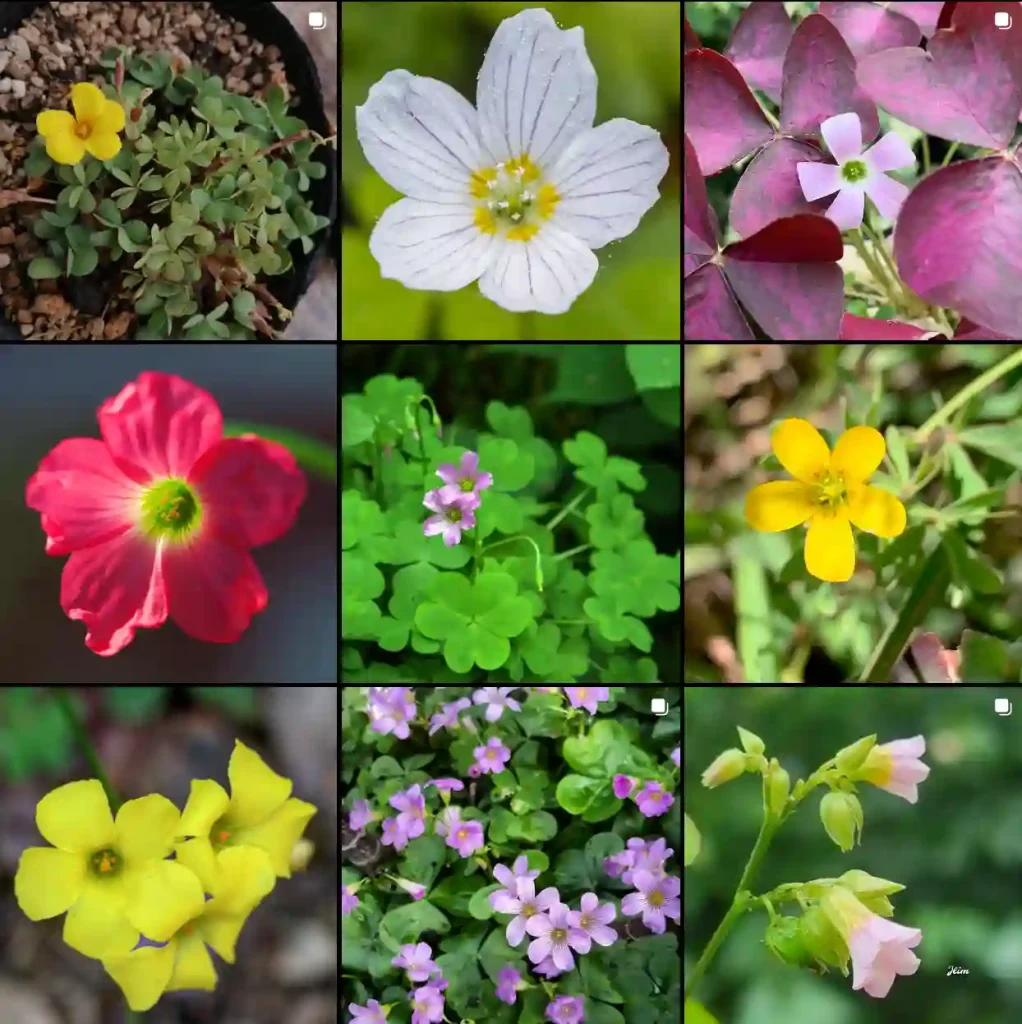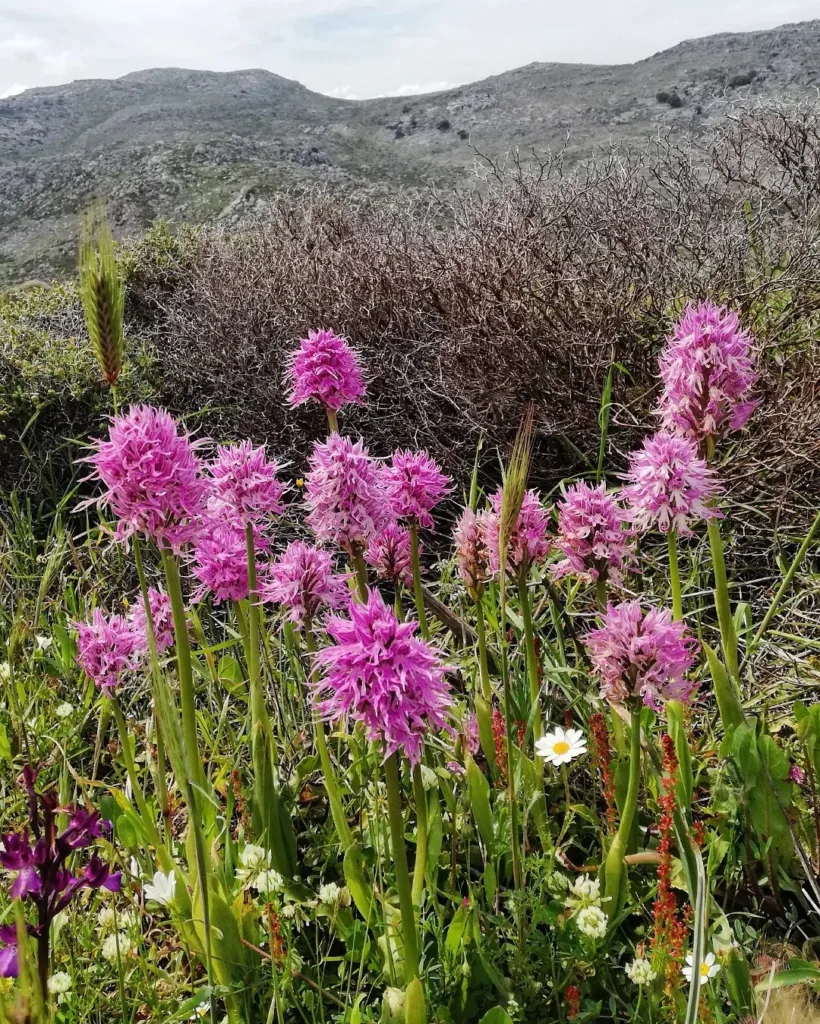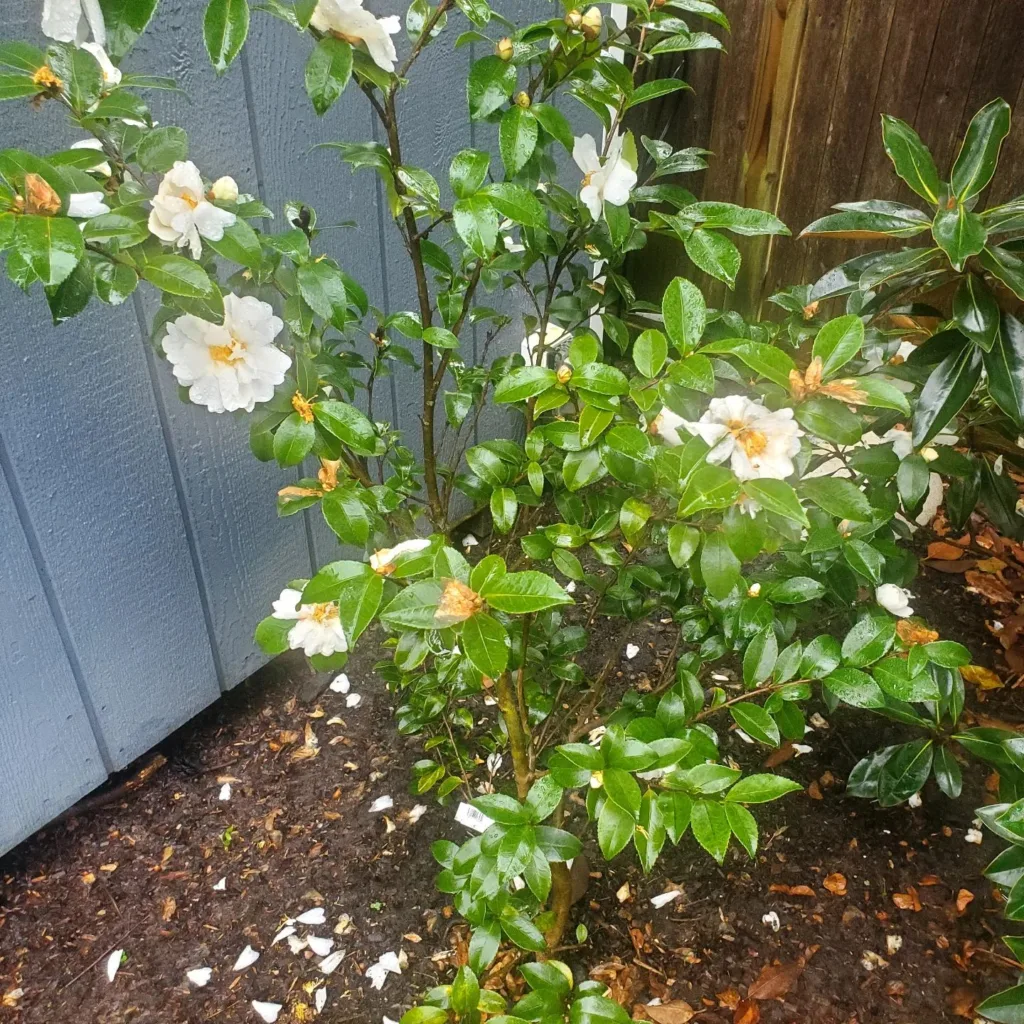
113 Species in Genus Mucuna
What is Mucuna Pruriens?
Mucuna Pruriens, also known as velvet bean, is a tropical legume native to Africa and Asia. It’s well-known for its high content of L-DOPA, a precursor to dopamine, a neurotransmitter essential for mood regulation, motivation, and other functions. Many people use it for its potential to support brain health, mood, and overall vitality.
Can I take Mucuna Pruriens every day?
Yes, many people take Mucuna Pruriens daily, especially for its potential mood-enhancing and energy-boosting benefits. However, I recommend starting with a lower dose and consulting a healthcare provider to ensure it’s safe for your specific needs, particularly if you have pre-existing conditions or take medications.
How much Mucuna Pruriens should I take?
The dosage can vary depending on the form and your purpose for using it. Typically, for powdered forms, doses range between 2-5 grams per day, while extracts might be taken in smaller amounts, such as 250-500 mg of standardized L-DOPA content. Always follow the product’s instructions and adjust as needed based on how your body responds.
Can Mucuna Pruriens cause anxiety?
In some cases, Mucuna Pruriens can cause anxiety, particularly if taken in high doses or if your body is sensitive to increased dopamine levels. I’ve found it helpful to start with a low dose and monitor for any side effects like jitteriness or restlessness.
Mucuna Pruriens vs Tyrosine: Which is better?
Mucuna Pruriens provides L-DOPA, which is a direct precursor to dopamine, while tyrosine is converted into L-DOPA through additional biochemical steps. If you’re looking for faster effects on dopamine levels, Mucuna Pruriens might be more effective. However, tyrosine can be gentler and more versatile for overall amino acid support.
Mucuna Pruriens white vs black: What’s the difference?
The terms “white” and “black” Mucuna Pruriens often refer to the bean’s seed color. Nutritional and medicinal properties are generally similar, but the black variety is sometimes regarded as more potent due to higher concentrations of L-DOPA.
Mucuna Pruriens powder vs extract: Which should I choose?
Powdered Mucuna Pruriens contains the whole ground bean and offers a broader range of nutrients, while extracts are concentrated and standardized for specific compounds like L-DOPA. If you want precise and stronger effects, go with the extract. If you prefer a holistic approach, the powder might be better.
Mucuna Pruriens vs Adderall: How do they compare?
While Adderall is a prescription medication for ADHD and contains amphetamines, Mucuna Pruriens is a natural supplement that boosts dopamine levels. Mucuna Pruriens might provide milder cognitive benefits without the potential side effects or dependency risks associated with Adderall.
Mucuna Pruriens vs Fava Beans: What’s the difference?
Both contain L-DOPA, but Mucuna Pruriens has much higher concentrations, making it a stronger option for dopamine support. Fava beans are more commonly consumed as food, while Mucuna Pruriens is primarily used as a supplement.
Mucuna Pruriens vs Maca: Which is better?
Mucuna Pruriens primarily supports brain health and dopamine production, while maca is known for enhancing energy, libido, and hormonal balance. The better choice depends on your specific needs.
Mucuna Pruriens vs Mucuna Dopa: Are they the same?
Mucuna Dopa is typically a term used for standardized extracts of Mucuna Pruriens that are high in L-DOPA. While both come from the same plant, Mucuna Dopa is more concentrated and targeted for dopamine-related benefits.
How to care for Mucuna Pruriens?
If you’re growing Mucuna Pruriens, it thrives in tropical or subtropical climates with well-draining soil and plenty of sunlight. Regular watering is essential, but avoid overwatering to prevent root rot. Support structures like trellises are useful for its climbing vines.
How to propagate Mucuna Pruriens?
Propagation is usually done through seeds. Soak the seeds in water overnight to improve germination, then plant them in moist soil. Keep the soil warm and slightly damp until seedlings appear, which usually takes 1-2 weeks.
What can I plant with Mucuna Pruriens?
Mucuna Pruriens can be planted with other climbing plants or legumes, but ensure there’s enough space and support for its vigorous growth. It’s also used as a cover crop to improve soil fertility.
Can you grow Mucuna Pruriens indoors?
Yes, you can grow it indoors if you provide adequate sunlight or use grow lights. Its climbing nature requires space and support, so it’s best suited for large pots and areas with vertical growing potential.
Is Mucuna Pruriens toxic?
While the beans are beneficial, raw seeds contain toxic compounds that must be removed by proper processing, such as boiling. Always ensure the supplements or beans you consume are processed and safe for use.
What are the benefits of Mucuna Pruriens?
Mucuna Pruriens is known for its potential to enhance mood, improve focus, support hormonal health, and even boost libido. It’s also used to support neurological health in conditions like Parkinson’s disease due to its L-DOPA content.
What are common problems when growing Mucuna Pruriens?
Common problems include pest infestations, such as aphids or caterpillars, and fungal issues caused by overwatering or poor air circulation. Regular monitoring and proper care can help prevent these problems.
How does Mucuna Pruriens compare with other similar plants?
Mucuna Pruriens is unique due to its high L-DOPA content, making it more targeted for dopamine-related benefits compared to other legumes or herbal supplements. For example, it’s stronger in this aspect than fava beans or maca.
If i die, water my plants!



